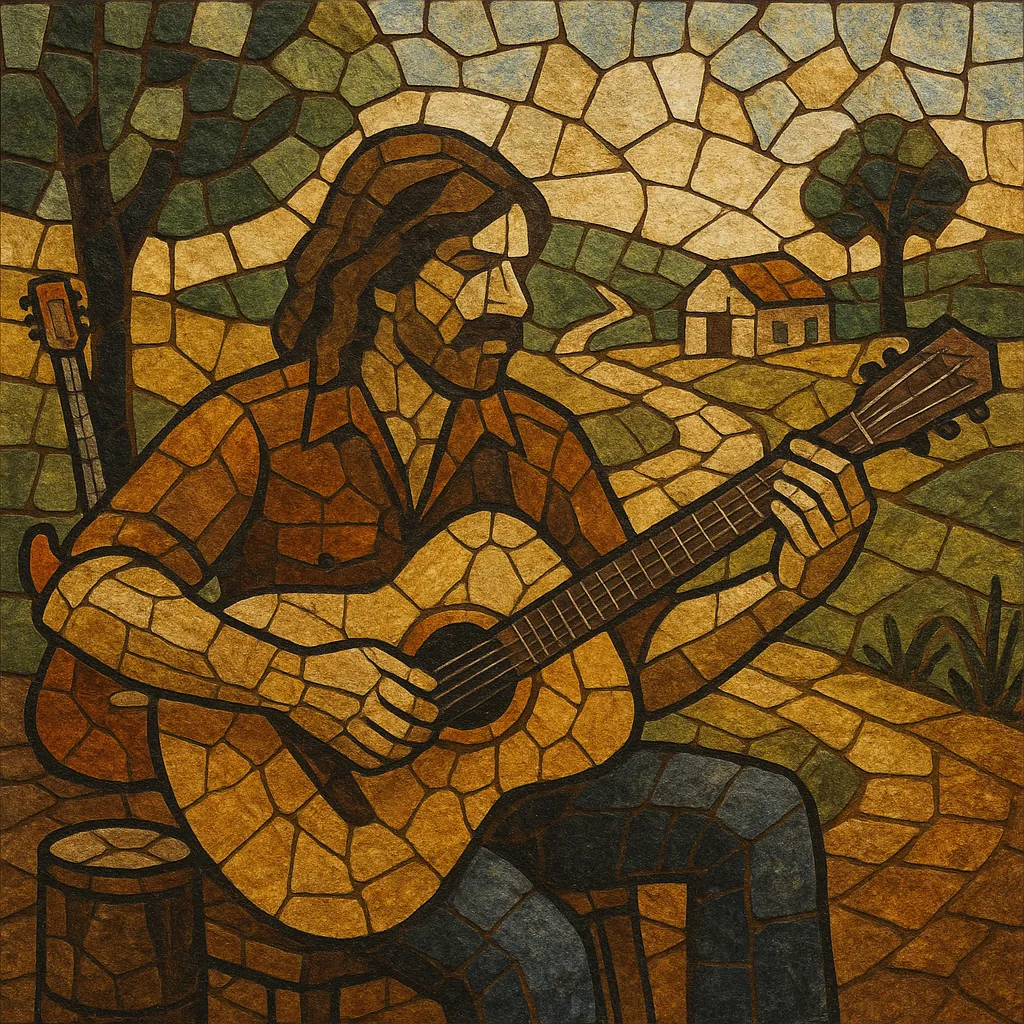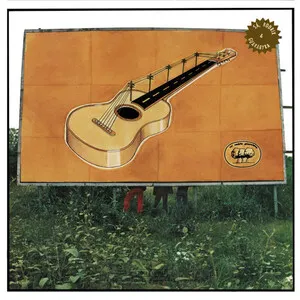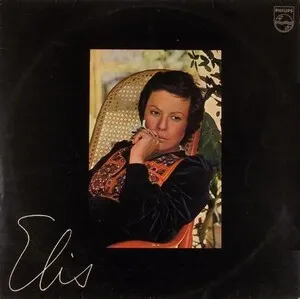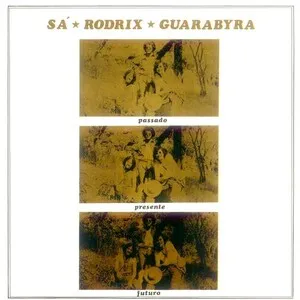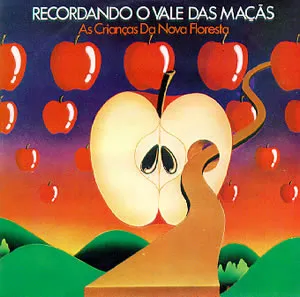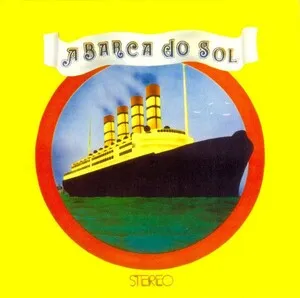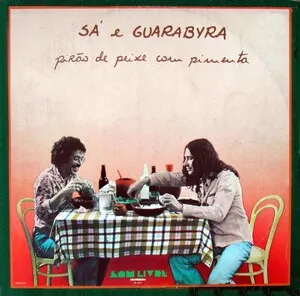Rock rural is a Brazilian rock subgenre that fuses 1970s rock songwriting with música caipira (rural folk from the Brazilian countryside), MPB sensibilities, and touches of American country rock. It is characterized by earthy acoustic textures, vocal harmonies, and lyrics that evoke pastoral imagery, roads, small towns, and everyday rural life.
Arrangements typically balance acoustic guitar and viola caipira with gently overdriven electric guitars, bass, and drums, sometimes adding pedal steel, mandolin, or harmonica. The result is a warm, melodic sound that feels simultaneously rustic and urbane—rooted in the countryside yet arranged with the polish of classic Brazilian pop/rock craft.
Rock rural emerged in Brazil at the turn of the 1970s, when musicians influenced by American folk/country rock (e.g., CSN&Y, The Band) began blending these aesthetics with Brazilian música caipira and MPB. The Minas Gerais and Rio–São Paulo circuits were fertile ground, where songwriters and arrangers drew on the viola caipira’s timbres and rural imagery.
The trio Sá, Rodrix & Guarabyra popularized and helped codify the style in the early 1970s, explicitly branding their approach as “rock rural.” Their songwriting combined close-harmony vocals, acoustic-led textures, and storytelling about country life and the Brazilian interior. Songs written by members of the group—often recorded by major MPB voices—helped the sound reach a national audience.
Through the mid-to-late 1970s and into the 1980s, associated artists and collaborators wove rock rural ideas into MPB, soft rock, and folk-inflected pop. Musicians from the Clube da Esquina orbit and other Minas Gerais scenes contributed pastoral harmonies and acoustic sonorities that dovetailed with the rural rock ethos. Radio-friendly productions retained the rustic lyric themes while embracing professional studio polish.
Rock rural served as a cultural bridge between traditional caipira roots and contemporary Brazilian rock. Its acoustic textures, country-inflected guitar work, and bucolic narratives informed later pop/rock acts and set precedents for subsequent blends of sertanejo with rock aesthetics. Across decades, the genre’s songs have remained staples on Brazilian airwaves and in live repertoires, symbolizing a nostalgic yet modern vision of the countryside.

